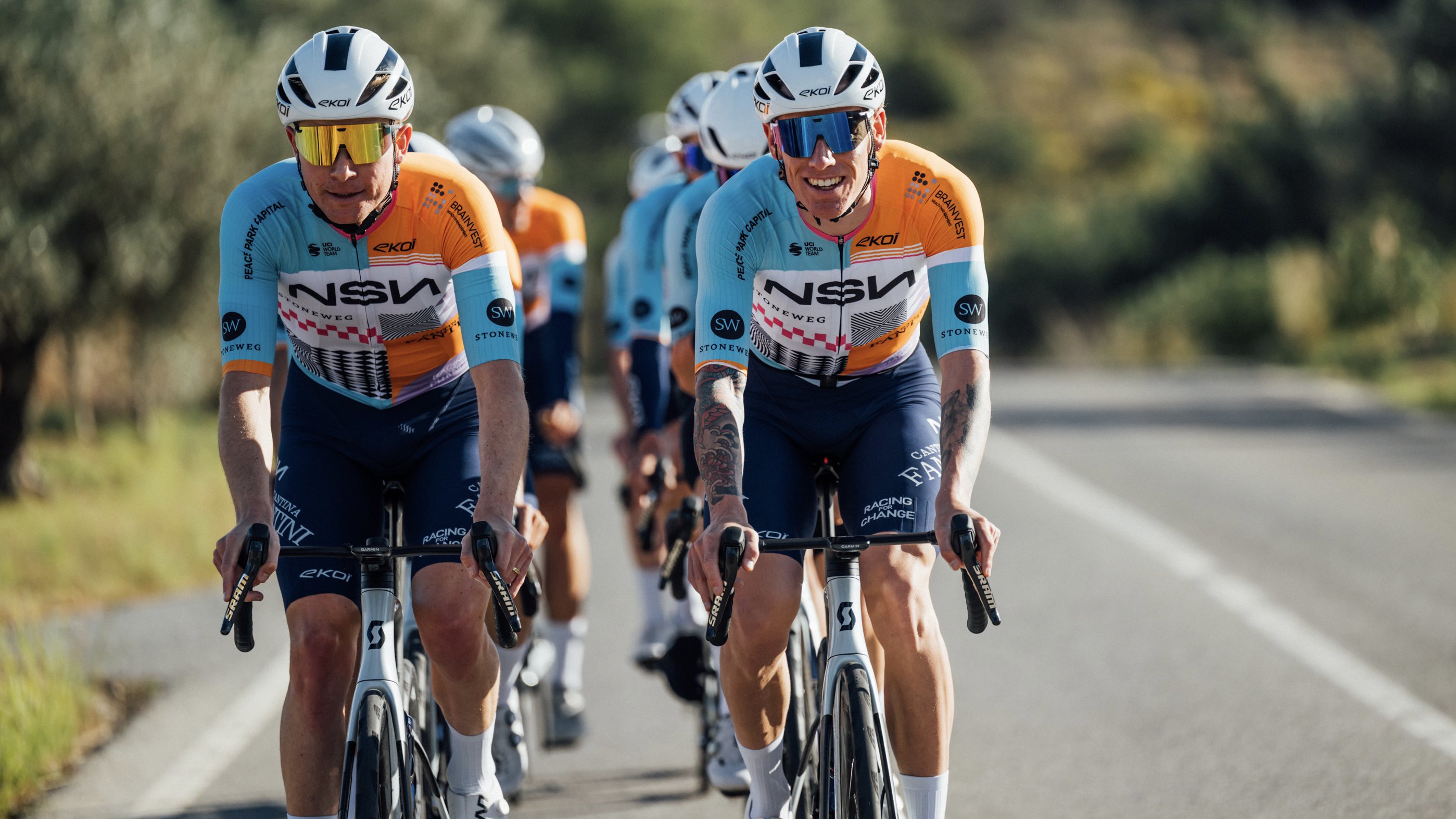Tour de France tech: Oakley lens coatings for the rain
Customized Reynolds wheels for AG2R, real-time SRM data for fans
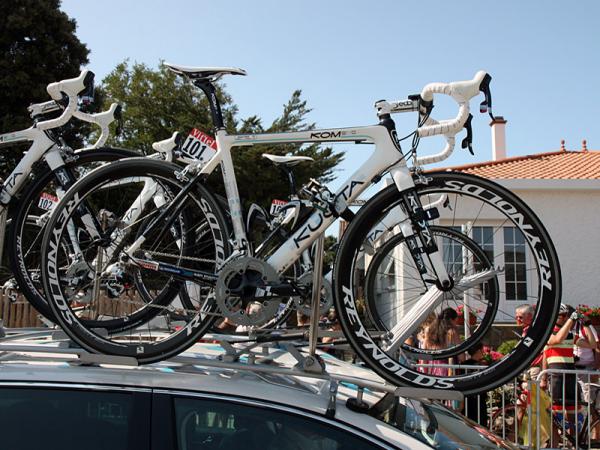
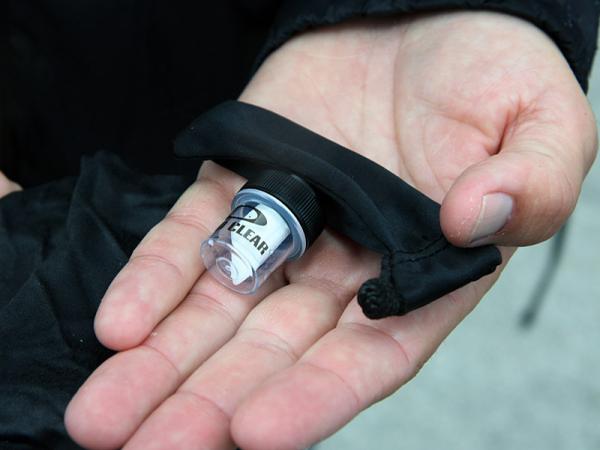
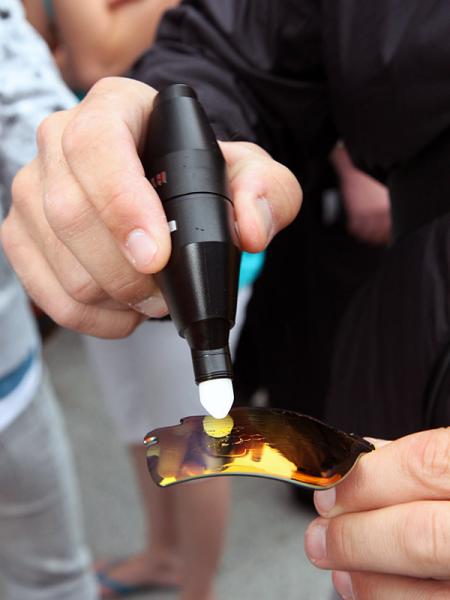
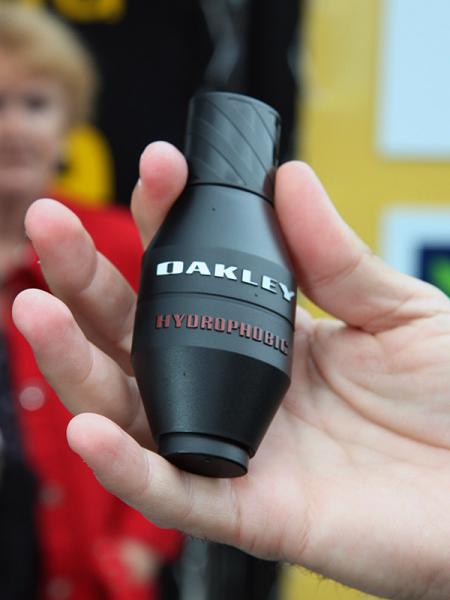
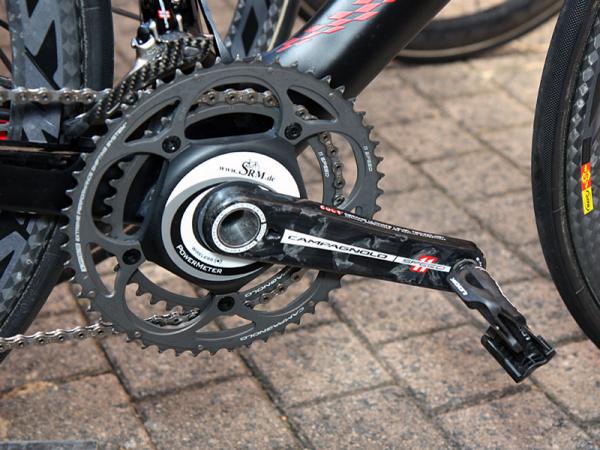
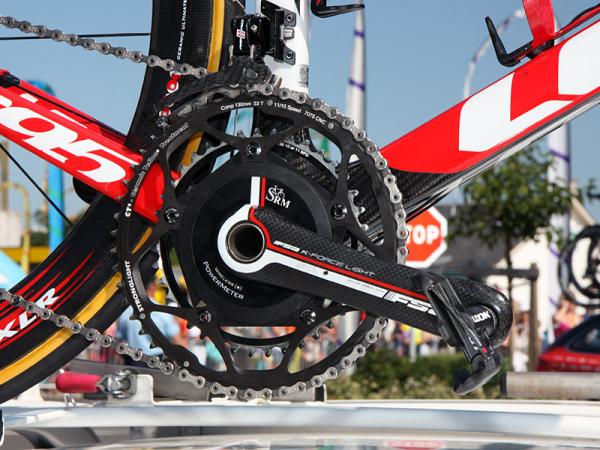
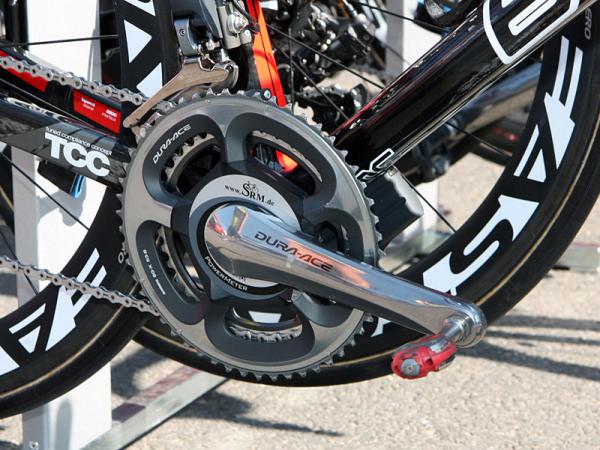
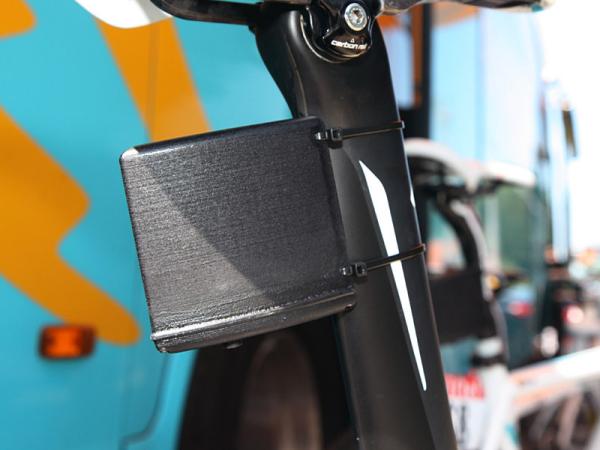
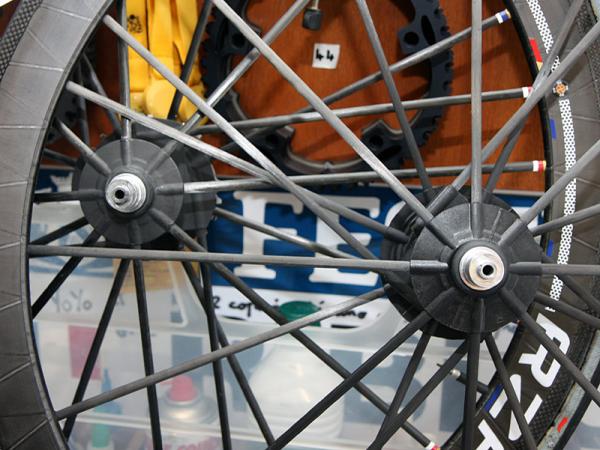
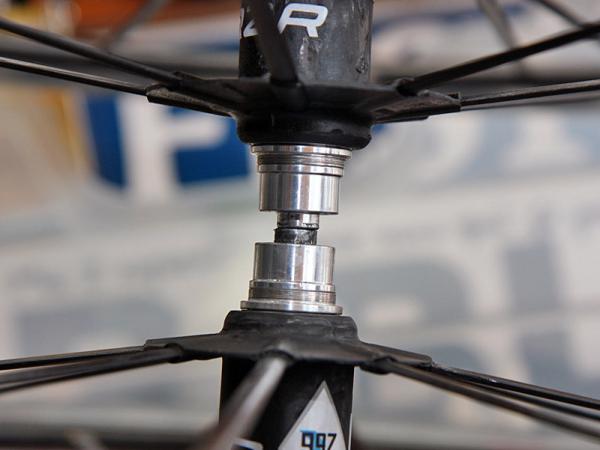
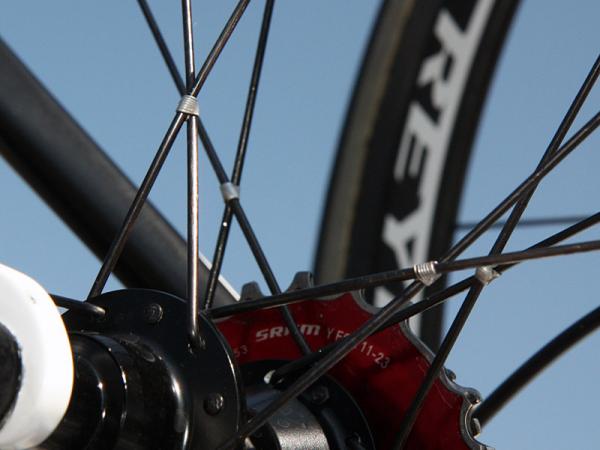
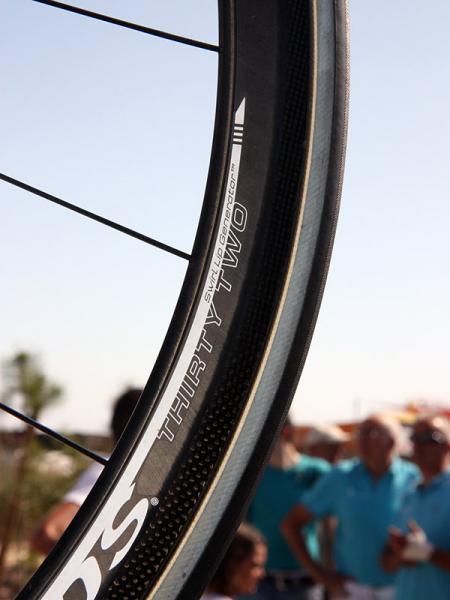
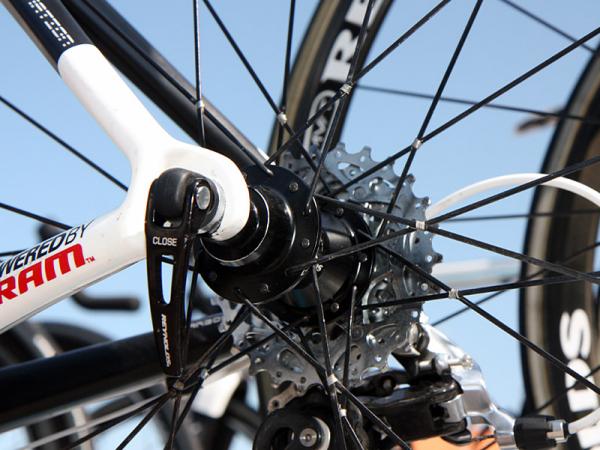
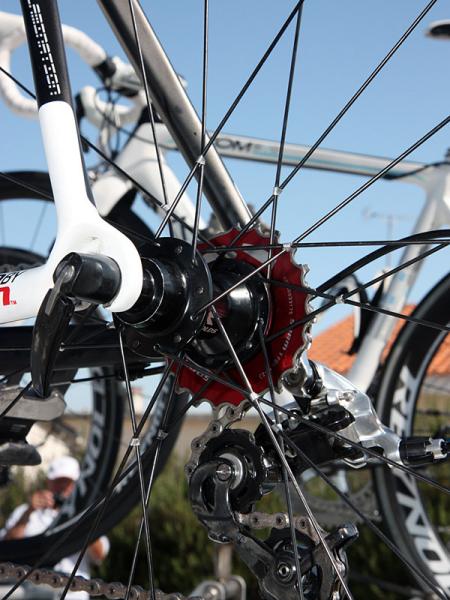
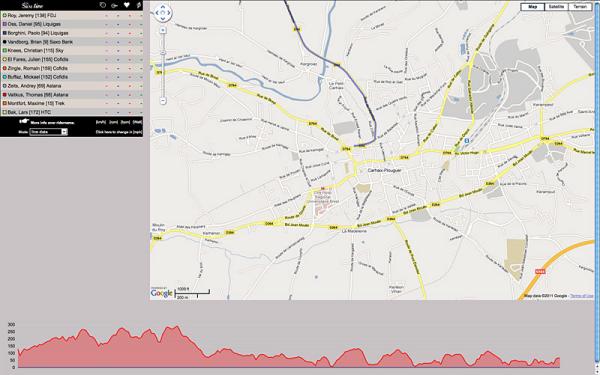
Oakley's Steve Blick takes to the trenches with new Hydro Pen
Pro bike: Andy Schleck's Leopard Trek Trek Madone 6.9 SSL Tour de France
Pro Bike: Philippe Gilbert's Canyon Aeroad
Tour de France tech: Adjustable seatposts and funky graphics
Tour de France tech: A closer look at the Dogma2
Tour de France tech: New aero kit at team time trial
Oakley no longer applies its water, oil, and dirt-sloughing hard coating to its lenses at the factory, preferring instead to switch to a user-applied add-on called Nano Clear. Minutes before the start of a wet and rainy Stage 4, Oakley sports marketing man Steve Blick was making the rounds at the team buses to make sure his riders had a clear view of the road on the way to Mûr-de-Bretagne.
Applying the Nano Clear coating is simple – just rub it on using the dedicated applicator then polish it in (not unlike Rain-X for automobile windshields, in fact). Unlike the original factory-applied hard coating that was only used on the outer lens surfaces, Nano Clear makes it easy to treat the inner surface to better deal with water dripping down off the riders' faces, too.
Oakley current includes a small three-application sample of Nano Clear with its latest glasses but not surprisingly, Blick was equipped with the more industrial-sized Hydro Pen, which bore more than a small resemblance to a highlighter. After tending to "30 or 40" riders this morning, we're guessing that Hydro Pen is probably just about empty now.
Oakley's Nano Clear coating is easy to apply (especially when using the Hydro Pen applicator) - just smear it on, then polish it in
Reynolds supplies AG2R La Mondiale team with custom wheels
AG2R-La Mondiale's Reynolds carbon wheels look like standard consumer models at first glance but a closer inspection revealed a few custom tweaks to better handle the unique rigors of Tour de France-level racing.
The latest race content, interviews, features, reviews and expert buying guides, direct to your inbox!
Unlike stock Thirty-Two wheels that prioritize saving weight – a critical metric for the enthusiast market – AG2R instead requested that they be stiffened up. As a result, the bladed and butted stainless steel spokes have been replaced with straight-gauge ones, the rear wheels are laced two-cross on both sides, and the rear wheels are also tied-and-soldered to not only lend a firmer feel but keep bits of metal from flying around in the event of a broken spoke or sheared nipple after a crash.
AG2R-La Mondiale's latest Reynolds rear wheels are custom built with straight-gauge spokes in a two-cross pattern for extra stiffness
Team captain Nicolas Roche also gets a special set of Reynolds' RZR 46 flagship hoops – but again, the emphasis is on stiffness, not weight. Reynolds engineers have built Roche's rear wheel with a slightly larger-diameter non-driveside spoke flange.
According to Reynolds PR man-on-the-ground Tim Maloney, AG2R also has a new 81mm-deep Reynolds rear wheel at its disposal that it will supposedly pair with the existing 46mm fronts. Things have been a little too windy for the team to crack those out just yet but we'll be keeping our eyes open in the coming days.
Non-driveside hub flanges on Nicolas Roche's (AG2R-La Mondiale) rear Reynolds RZR 46 wheels are larger in diameter than the standard version for extra rigidity
SRM posts real-time data for Tour de France fans
Several riders using SRM power meters on their bikes in this year's Tour de France are also toting small wireless data transponders that are zip-tied to their seatposts. Teams can use the information to monitor the performance of their riders during the stage but race fans can follow along in real-time through a link on SRM's web site.
"The data being send is the same as what's displayed on the PowerControl on the riders' handlebars [including] power, cadence, heart rate, speed, etc.", said SRM's Mike Hall. "This is then transmitted to a cell tower, then to our servers, then back to television, web casts, etc. The telemetry is Uli's [Schoberer, SRM founder] effort to bring power data to the masses for direct viewing in real time during events. Most event organizers are interested in promoting this to bring more viewers and hits to web sites and TV viewing."
SRM have equipped several riders in this year's Tour de France with real-time data transponders so that fans can see performance metrics in real time
For those already familiar with power, such information elucidates just how hard the riders are working but there's value even for novice viewers who are just in it for the spectacle. Indeed, such public on-screen telemetry is already commonplace in motorsports such as Formula 1, Moto GP, and NASCAR so people can see just how different those experiences are from rushing through freeway traffic when you're late for work. Likewise, the casual road racing audience can marvel at just how different pro riders are from average folks – quite literally, this is no little spin in the park.
This article originally appeared on BikeRadar
